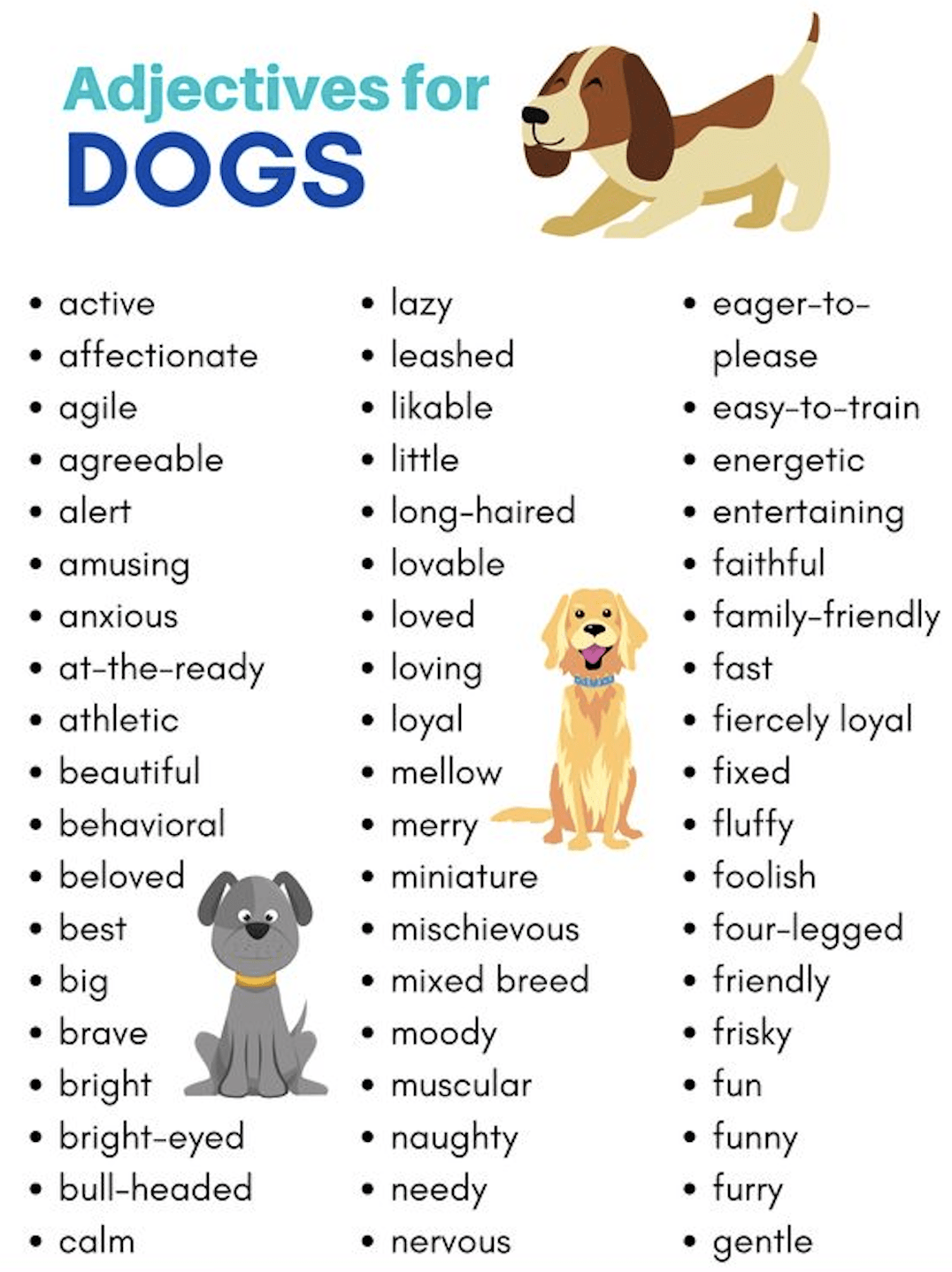Wednesday 20th March 2024
IPSHA EAL/D Collegial Hub Meeting Term 1, 2024
Hi Everyone,
How do we identify quality teaching and learning in EAL/D? Discuss
As we know, what is good for EAL/D learners is good for all English learners. Classroom teachers can use these strategies to assist all learners in their classroom and provide the supports, scaffolds and useful resources to engage and assist learning during English lessons.
What would you say are the top 5 ingredients to a successful learning experience? Discuss.
My Top 5 Ingredients:
- Plan for and implement effective teaching and learning: What are we trying to achieve through this lesson? Knowing the goals, the learning intentions and success criteria to ensure you are clear about your lesson objectives and how students will be able to demonstrate their abilities. How will this be assessed? What are we looking for?
- Knowing the content and how to teach it: Professional Knowledge to create content, provide relevant resources, suitable content for student engagement. Do you have all of the facts and relevant tools/ resources to use for student success?
- Knowing your students and how they learn: Nobody knows your students better than you! Knowing your class and their specific needs, you will be able to plan for them to be successful in their own way, is this lesson accessible for all? What scaffolds will be required, who will need more assistance to access this lesson, who will require extension? How will I differentiate and offer different levels so that all can feel and achieve success?
- Create and maintain a supportive and safe learning environment: Do we have what we need in our environment to give students options to learn in their way? Varied spaces, learning zones, areas to work independently or as a group. Do we have agreements and expectations about how we work together? Creating a safe learning environment will allow students to feel able to take risks, problem solve and collaborate, push themselves out of their comfort zone, without fear of judgement or criticism.
- Student Engagement and Fun! Have you given the children choices to learn in a way that suits them? Do you have resources for visual or hands on learners? Are there elements of play or individual creativity? How are you providing the opportunity for student voice and choice? Is this lesson fun? If not fun, maybe interesting, sparking curiosity, creating a challenge that is intriguing… etc Are the students engaged?
Below is a demonstration lesson I planned for St Peter’s Girls. I was provided with the Learning Intention and Success Criteria. I knew I would be teaching a group of twelve Year 4 students and there would be girls with varying levels of English proficiency.
- Learning intention:
We are learning about foregrounding and how to use attention grabbing information to begin a paragraph.
- Success Criteria:
I can use foregrounding to write a paragraph on “Dogs are cute”.
As I didn’t know my students, I brought along many varying levels of resources about dogs, some digital, some printed books and translating tools on my iPad.
Some of you have just seen this presentation at the IPSHA EAL/D Collegial Hub Meeting at St Peter’s Girl’s School. As promised, here are the resources I used in the lesson:
PowerPoint: Dogs Are So Cute!
Booklet Resources:
- Dogs Booklet EALD Lesson copy
- parts-of-a-dog-anatomy_ver_1
- parts-of-the-body-of-a-dog-display-poster-_ver_2

- dog-breeds-display-poster_ver_1

- pet-descriptions-writing-activity-sheets_ver_2


You can view the video of my PPT presentation below:
Here is also the video link to the video clip about Pip, the guide dog:
Enjoy
I hope you find these resources useful, feel free to download and adapt to suit your needs.
Thanks
Please leave me feedback in the comments below.
Kind regards
Jade Peartree

Fabulous work Jade
Thank you Trish, hoping all goes well for the presentation today. Wish I could be there.
Have a great day.